
Situational Leadership
€ 13,85
The Hersey-Blanchard model is based on two fundamental concepts: Leadership style; The maturity level of the individual or group.
Shape it in the beginning, then let go after the team has grown!
–
Het Hersey-Blanchard model is gebaseerd op twee fundamentele concepten: Leiderschapsstijl; Volwassenheidsniveau van het individu of de groep
Kneed in het beging, laat los na de groei van het team!
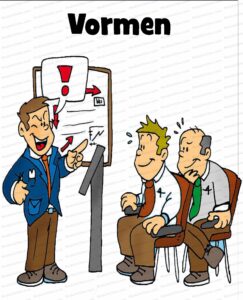
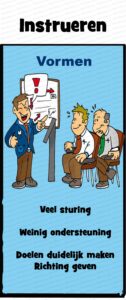

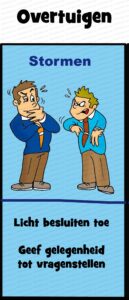
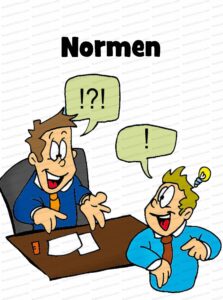
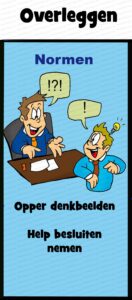

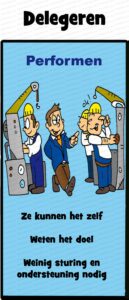



![MDL032 - NE - Situationeel Leiderschap [800x600] - WM](https://models2use.com/wp-content/uploads/2025/01/MDL032-NE-Situationeel-Leiderschap-800x600-WM-300x225.jpg)
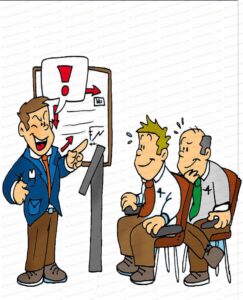
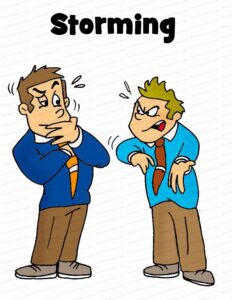


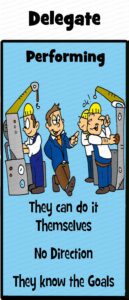


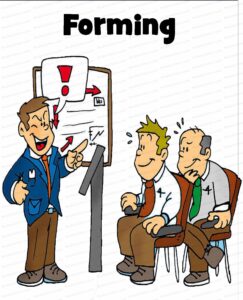
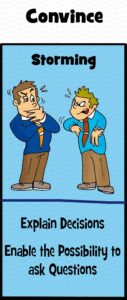
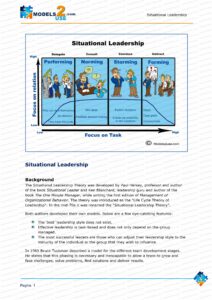

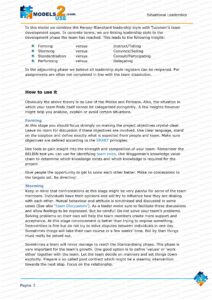
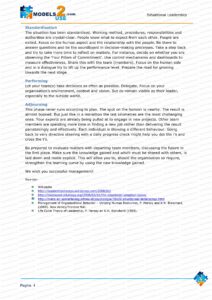
The Situational Leadership Theory was developed by Paul Hersey, professor and author of the book Situational Leader, and Ken Blanchard, leadership guru and author of The One Minute Manager, while writing the first edition of the book Management of Organizational Behavior. The theory was originally introduced as the “Life Cycle Theory of Leadership” and was renamed in the mid-1970s to “Situational Leadership Theory.”
Both authors developed their own models. Some key characteristics stand out:
- There is no “best” leadership style;
- Effective leadership is task-dependent and not solely dependent on the group being led;
- The most successful leaders are those who adapt their leadership style to the maturity of the individual or group they wish to influence.
Bruce Tuckman, in 1965, described a model for the stages of team development. He argued that these phases are all necessary and inevitable for a team to grow so that they can tackle challenges, solve problems, find solutions, and deliver results.
The Hersey-Blanchard model is based on two fundamental concepts:
- Leadership style
- Maturity level of the individual or group
The leadership styles mentioned in the model are:
- Instructing/Telling (S1): One-way communication where the leader defines tasks, authorities, and roles, explaining who, why, when, and where each task needs to be performed.
- Selling (S2): The leader still sets the direction, but now based on mutual communication. Decisions are explained, and there is enough space for asking questions.
- Participating (S3): This is characterized by decision-making together about how tasks and activities will be carried out. The leader focuses less on task-oriented guidance and more on the relational aspects of leadership.
- Delegating (S4): The leader is still involved in decision-making. However, the process and responsibility for making decisions lie with the individual or group. The leader remains involved and checks progress from a distance.
And then Tuckman came into play…
Mold at the beginning, but let go after the team’s growth!
If you have any questions, feel free to email or call.
Best regards,
Plume Perdue
This product includes the following components, delivered via link/email upon purchase:
- Cartoon depiction of the model (JPG – 2 to 5 MB)
- Plume Perdue’s “true opinion” with an explanation of the model, provided in PDF format
- Separate images of characters or model elements, ideal for use in presentations (JPG, transparent background)
Cherry-pick and spice it up with your own flavor!

De Situationeel Leiderschaps Theorie is ontwikkeld door Paul Hersey, professor en schrijver van het boek ‘Situational Leader’ en Ken Blanchard, leiderschaps Goeroe en schrijver van het boek ‘The One Minute Manager’ tijdens het schrijven van de eerste editie van het boek ‘Management of Organizational Behavior’. De theorie is geïntroduceerd als “Life Cycle Theory of Leadership”. Midden 70-er jaren is het hernoemd naar “Situational Leadership Theory”.
Beide auteurs hebben hun eigen modellen ontwikkeld. Een aantal kenmerken springen in het oog:
- Er is geen ‘beste’ stijl van leiderschap;
- Effectief leiderschap is taak-afhankelijk en niet alleen afhankelijk van de groep waaraan je leiding geeft;
- De meeste succesvolle leiders zijn zij die de leiderschapsstijl aanpassen aan de volwassenheid van het individu of de groep die ze willen beïnvloeden.
Bruce Tuckman heeft in 1965 een model beschreven voor de fasen van teamontwikkeling. Hij stelt dat deze fasering allemaal noodzakelijk en onvermijdelijk zijn om een team te laten groeien zodat zij in staat zijn uitdagingen aan te kunnen, in staat zijn problemen op te lossen, oplossingen te vinden en resultaten op te leveren.
Het Hersey-Blanchard model is gebaseerd op twee fundamentele concepten:
- Leiderschapsstijl
- Volwassenheidsniveau van het individu of de groep
De Leiderschapsstijlen die worden genoemd in het model zijn de volgende:
- Instrueren/Telling (S1): één richting communicatie waarbij de leider de taken, bevoegdheden en rollen definieert en aangeeft wie, waarom, wanneer en waar welke taak moet uitvoeren
- Overtuigen/Selling (S2): de Leider bepaalt nog steeds de richting, maar nu op basis van wederzijdse communicatie. Besluiten worden toegelicht en er is voldoende ruimte tot vragen stellen
- Overleggen/Participating (S3): kenmerkend is dat er samen tot besluiten wordt gekomen over hoe de taken en activiteiten uitgevoerd gaan worden. De leider richt zich minder op taakgericht aansturen en houdt zich meer bezig met relationele kant van leiderschap
- Delegeren/Delegating (S4): de leider is nog steeds betrokken bij de besluitvorming. Echter het proces en de verantwoordelijkheid om tot besluiten te komen ligt bij het individu of de groep. De leider is nog steeds betrokken en controleert op afstand
En toen kwam Tuckman aan de beurt…
Kneed in het beging, laat los na de groei van het team!
Dit product bevat de volgende onderdelen die worden meegeleverd in de link/email bij aankoop:
- Cartoon van het model. (JPG – 2 tot 5 MB)
- De ‘waarmening’ van Plume Perdue met een toelichting op het model. Aangeleverd in Pdf-formaat
- Losse afbeeldingen van de karakters of model onderdelen. Uitstekend te gebruiken bij bijvoorbeeld presentaties (JPG, transparant)
Cherry Pick en lardeer het met je eigen sausje …
